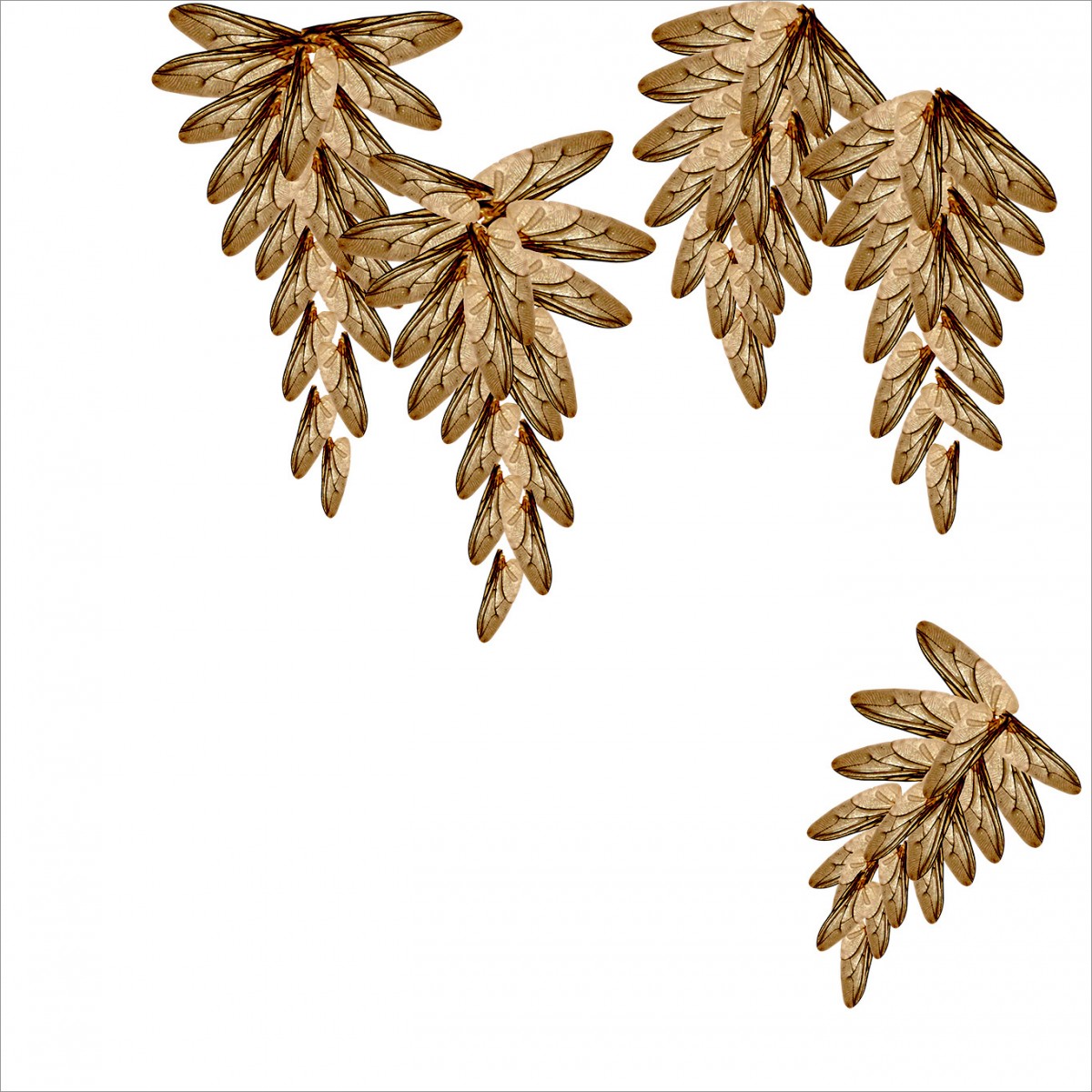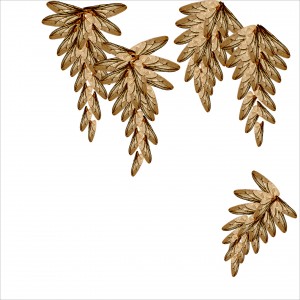Work
Press Release
PATRICIA SWEETOW GALLERY is pleased to present Bay Area artists Kim Anno, West, painting, photography and video; Gale Antokal, EXO, chalk pastel drawings, and Gail Wight, The Spider and the Fly, digital pigment prints. The three solo exhibitions open October 18th and unfortunately must conclude November 1st, this only allows a 2 week viewing window. Please join us for our last Reception at 77 Geary Street, Saturday, October 18th, from 3:00 – 5:30 pm.
Stanford Professor Gail Wight’s wit and humor usually suspend our disbelief with her elegant reformulations. In her current body of work, The Spider and the Fly, Wight takes fly wings she collected from succumbed flies, and magnifies them many fold. Wight then composes exquisite botanical gardens that are breathtakingly complex. “Working primarily in sculpture, video, interactive media and print, I attempt to construct biological allegories that tease out the impacts of life sciences on the living: human, animal, and other. The interplay between art and biology, theories of evolution, cognition and the animal state-of-being are themes that have, over the last two decades, become central to my art.”
The digital pigment prints that comprise the exhibition include four 10 foot botanical landscapes resplendent with dense flowering specimens, insects, and foliage. The landscapes look like they were lifted from a past prehistoric age, they certainly reflect nature, but their origins defy our recognition. Wight informs, ” The large 10ʼ long murals of the 4 seasons have between 500-600 layers of composite fly wings, along with backdrops from outside my studio, and a few other resident bugs thrown in for good measure.”
Gail Wight’s continued interest in deep time manifested in earlier exhibitions giving fossil records meaning beyond their scientific value, such as taking photographic records of early mammals, then recasting the tiny bones as unique crystalline forms. With The Spider and the Fly, Wight expands upon the fossil record in a phenomenon of flora that reference the existing specie, but with an exotic twist. “The fossil record for insects dates back approximately 400 million years. Often, when I find an expired fly on my studio windowsill, Iʼm comforted by the knowledge that these small creatures will most likely be glancing their way around spider webs long after the human-centric environment outside my window has disappeared. Thereʼs a lovely concept in biology called “convergence”, which attempts to explain the emergence of similar characteristics among vastly different plants and animals. In The Spider and the Fly, I toy with the visual manifestations of convergence, and hint at potential psychological similarities.”
Gail Wight is Associate Professor in the Department of Art & Art History at Stanford University where she directs Experimental Media Arts. Her work has been exhibited internationally, in venues including the Natural History Museum in London; the National Art Museum of China in Beijing; Cornerhouse, Manchester; and Foxy Productions in NYC. Wightʼs art has been featured in Art & Science Now by Stephen Wilson; Ingeborg Reichleʼs Kunst aus dem Labor and Art in the Age of Technoscience; Sherry Turkleʼs Evocative
Objects; thing world: International Triennial of New Media Art edited by Zhang Ga and Fan Diʼan; and the forthcoming Bioart by William Myers, as well as many other books and catalogs. Collections include MoMA, Yale University, San Jose Museum of Art, Sevilleʼs Centro Andaluz de Art Contemporaneo; Rene di Rosa Foundation, and Berkeley Art Museum among others. Wight was nominated a Visionary Pioneer of Media Art by Ars Electronica in 2014.







